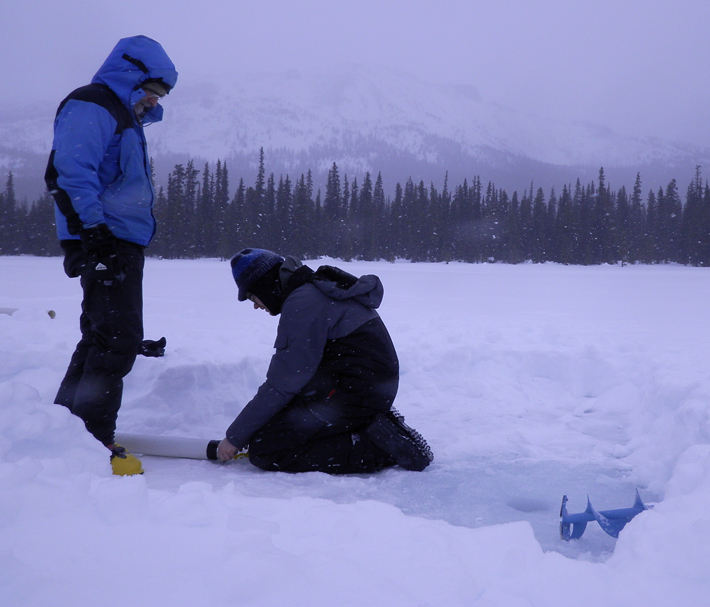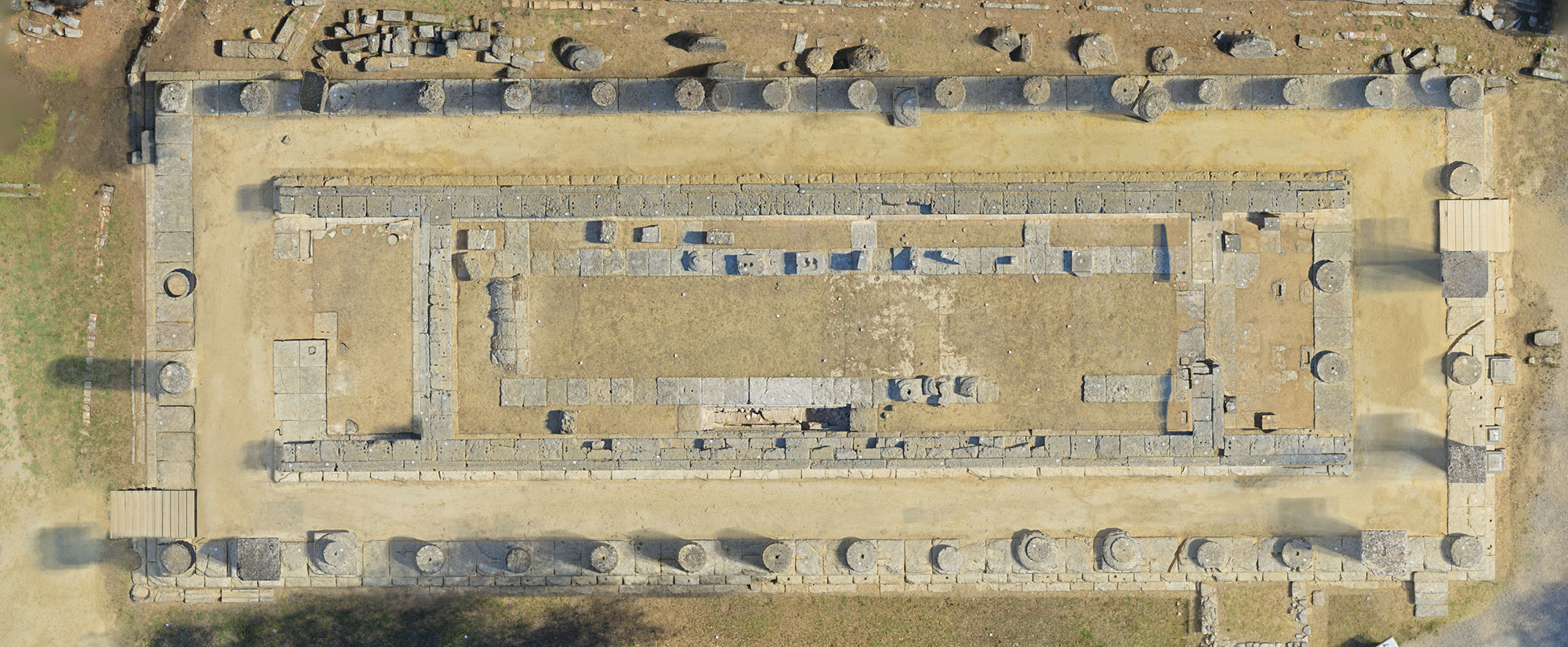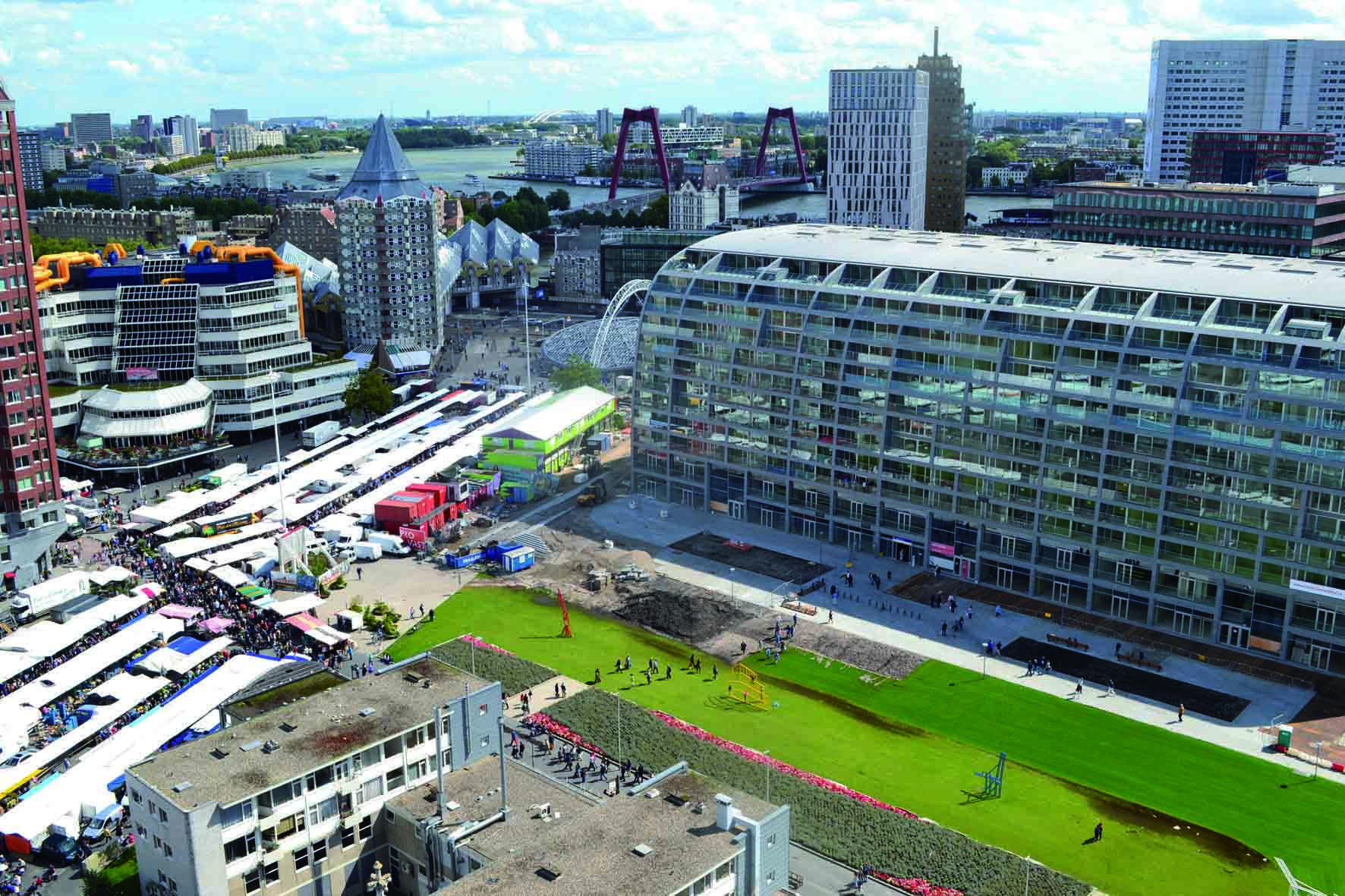
CHAMPAIGN, ILLINOIS—The Independent reports that a team of researchers including members of the Canadian aboriginal communities of the Lax Kw’alaams and Metlakatla First Nation, analyzed the genomes of 25 people who lived on the north coast of British Columbia between 1,000 and 6,000 years ago, and compared the results with the genomes of 25 of their descendants. The study suggests that there was a steep drop in the size of the population some 175 years ago, about the time that European diseases were introduced to the region. Nearly six out of ten people are thought to have died. Biologist Michael DeGiorgio of Pennsylvania State University added that a gene variant associated with survival, and helping the body identify diseases, may have been beneficial before the arrival of Europeans, but then became disadvantageous upon European contact. The variant was found to be 64 percent less common in the descendant community than in the ancient remains. For more, go to “America, in the Beginning.”











